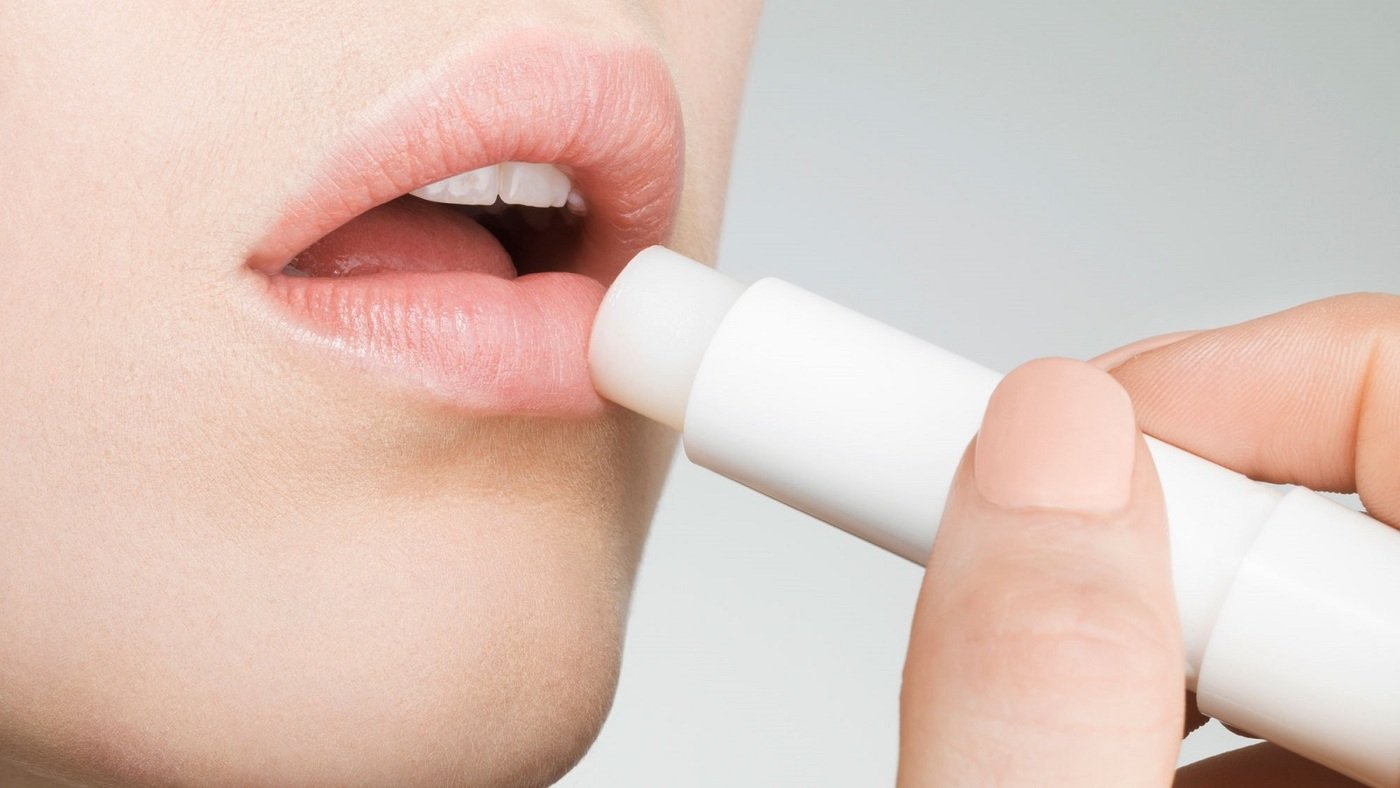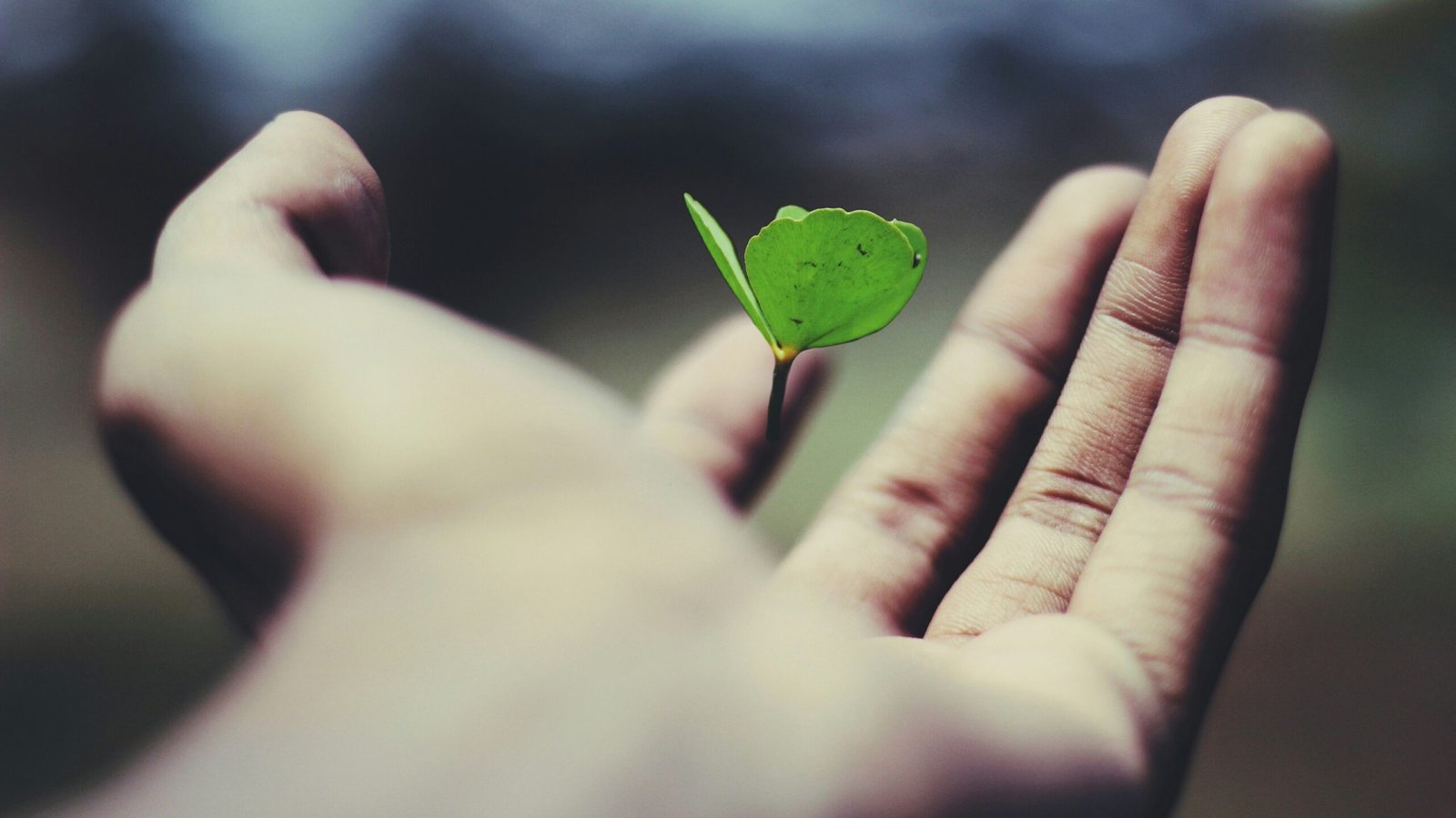The Importance of Lip Care
Proper lip care is an essential aspect of overall health and personal aesthetics, often overlooked in daily beauty routines. The skin on the lips is significantly different from that of the rest of the face; it is thinner, lacks oil glands, and is more susceptible to environmental factors. This unique composition makes the lips prone to dryness and chapping, which can be exacerbated by weather conditions, dehydration, and irritants found in some products. Understanding the nature of lip skin aids in comprehending the necessity of dedicated lip care.
Several factors contribute to chapped or dry lips, including seasonal changes, excessive sun exposure, and lifestyle habits such as licking the lips. When the protective barrier of the skin is compromised, it can lead to discomfort and negative aesthetic outcomes. This is where high-quality lip care products become invaluable. Investing in nourishing lip balms formulated with hydrating ingredients can significantly combat these issues, providing a much-needed layer of protection and moisture.
Beyond health concerns, the social and aesthetic implications of well-moisturized lips are noteworthy. Smooth, vibrant lips not only enhance physical appearance but also contribute positively to one’s confidence and social interactions. They can represent vitality and attentiveness to personal grooming. It is essential to recognize that regular lip care can improve the quality of life; chapped lips can lead to discomfort, influencing one’s mood and willingness to engage in conversations or social gatherings.
In light of these considerations, prioritizing lip care is justified. By choosing products that cater specifically to the needs of the lips, individuals can maintain their health and appearance while enhancing their overall well-being. A proactive approach to lip care is undeniably key in achieving beautiful, healthy lips.
Understanding Lip Balm Ingredients
The ingredients used in lip balms play a crucial role in determining their effectiveness on lip health. It is essential to differentiate between beneficial components and harmful substances. Keeping this in mind can help consumers make informed choices when selecting a lip balm.
Many lip balms incorporate natural oils and butters, which are known for their moisturizing properties. Ingredients such as shea butter, coconut oil, and almond oil are highly favored due to their ability to hydrate and nourish the lips. These natural ingredients work by creating a protective barrier that locks in moisture, ultimately preventing dryness and chapping. Additionally, humectants like glycerin and hyaluronic acid are effective at attracting water to the lips, enhancing overall moisture levels.
Conversely, some ingredients may be detrimental to lip health. Synthetic fragrances, frequently used to enhance product aroma, can lead to irritation and allergic reactions for some individuals. Moreover, certain alcohols, although they can provide a light texture, may exacerbate dryness by stripping moisture from the skin. Therefore, it is advisable to avoid lip balms that contain these ingredients if one is prone to dry or sensitive lips.
The market is filled with various options, ranging from commercial lip balms that contain these synthetic ingredients to natural alternatives that prioritize lip health. Natural balms typically boast fewer ingredients and focus on protecting and hydrating the lips more effectively compared to their commercial counterparts. For those who want to achieve optimal lip care, selecting a product that contains nourishing oils, butters, and natural humectants over potentially harmful additives can make a significant difference in maintaining soft and healthy lips.
DIY Lip Balm Recipes: Create Your Perfect Formula
Creating your own lip balm at home is a rewarding and enjoyable process that allows you to tailor the formula to your personal preferences while utilizing natural ingredients. Below are a few easy-to-follow recipes, emphasizing nourishment, flavor, and color that cater to various needs.
One popular nourishing lip balm can be made with a base of coconut oil, beeswax, and shea butter. To produce this recipe, start by measuring two tablespoons of coconut oil, one tablespoon of beeswax pellets, and one tablespoon of shea butter into a heat-safe container. Melt the ingredients together using a double boiler or a microwave, stirring occasionally until fully combined. Once melted, you can enhance your balm’s scent by adding a few drops of essential oils, such as peppermint or lavender. Pour the mixture into small containers or lip balm tubes and let it cool completely before sealing.
If you are seeking a tinted option, consider adding a natural colorant. One method involves adding a small amount of beetroot powder or alkanet root powder to the melted base mentioned above. Start with a pinch and blend well, adding more until the desired shade is achieved. This provides a beautiful tint while still being a natural lip care product.
For those who prefer flavored balms, simply incorporate flavoring oils like vanilla or citrus zest. Just a few drops will impart a subtle flavor without overpowering the nourishing properties of the balm. Make sure to mix well before pouring into your containers.
When crafting your customized lip balms, safety should always be a priority. Ensure all utensils and containers are clean to avoid contamination. Store your finished products in a cool, dry place to extend their shelf life. By experimenting with different ingredients and combinations, you can create a unique balm that perfectly fits your lip care needs and preferences.
Tips for Maintaining Kissable Lips Year-Round
Maintaining healthy and kissable lips requires a combination of good daily habits, awareness of seasonal changes, mindful dietary choices, and, perhaps most importantly, consistent hydration. To ensure your lips remain soft and supple, consider implementing these tips into your daily routine.
First, it is essential to establish a regular lip care regimen. Apply a nourishing lip balm throughout the day, particularly after eating or drinking to lock in moisture. Choosing a balm that contains natural ingredients such as beeswax, shea butter, or coconut oil can provide an added layer of protection against environmental factors. When selecting a lip balm, look for products that include SPF to shield your lips from harmful ultraviolet rays, especially during the summer months.
Exfoliation is another crucial aspect of lip maintenance. Regularly exfoliating your lips can help remove dead skin cells and keep them looking smooth and vibrant. You can create a simple scrub at home using sugar and honey or opt for a commercially available lip scrub. Aim to exfoliate gently once a week to avoid irritation, since the skin on your lips is delicate.
Seasonal changes can significantly impact lip health. In winter, dry air can lead to chapped lips, making it even more critical to use a humidifier indoors and apply lip balm frequently. During the warmer seasons, remember to keep your lips hydrated by drinking plenty of water and reapplying lip balm after sun exposure or swimming. Additionally, a diet rich in vitamins and essential fatty acids—found in foods like avocados, nuts, and berries—will contribute to healthier lips over time.
Lastly, protecting your lips from harsh weather conditions just as you do with your skin can have lasting effects. Whether it’s extreme heat, cold, or wind, being proactive will ensure your lips remain kissable throughout the year. By adopting these practices, you can cultivate healthy, appealing lips you are proud to show off. In conclusion, a consistent lip care approach allows you to enjoy soft, beautiful lips regardless of the season.






